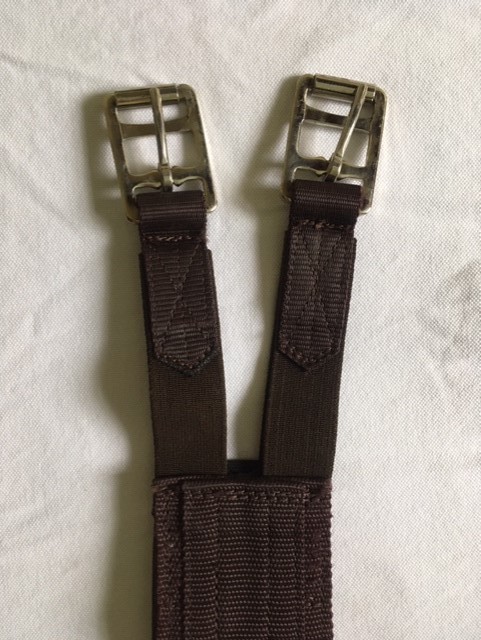Most BALANCE Saddles have 3-short girth straps (or billets), for use with a long girth, as standard. This is because long girth straps (billets) create more potential for:
- The horse to be pinched if the long billets catch the skin below the saddle
- High pressure to be exerted from long girth straps when compared with the broader surface of a long girth
- Excessive over-tightening. The low position of the buckles on the short girths that are used with the long billets creates more leverage so that more pressure is exerted with no more effort from the rider.
- The buckles of the short girths to bruise the horse in the very sensitive area just behind the elbow.
With the three short girth straps, you also have more choices for positioning the girth to best effect, but with long girth straps you only get two, so are more restricted.
Which girths offer more saddle stability, long or short?
The answer to this varies a lot depending on the girth type/design, however, a long girth attached to short straps seems to be more consistently stable and so if stability is an issue, this is probably the best option.
If someone uses a ‘’short’’ girth that is actually long enough to have the buckles well above the level of the elbows, it will come a fair way up the horse’s rib-cage and can also be stable. In this case there may not be much difference in stability or comfort.
However, if someone is trying to use a very short girth on long straps, where there is a lot less girth relative to straps, then this is definitely not as stable and not as comfortable for the horse (especially when combined with a short saddle pad). In more recent years, there seem to be less very-short dressage girths being used, which is a blessing, but it used to be much more common.
